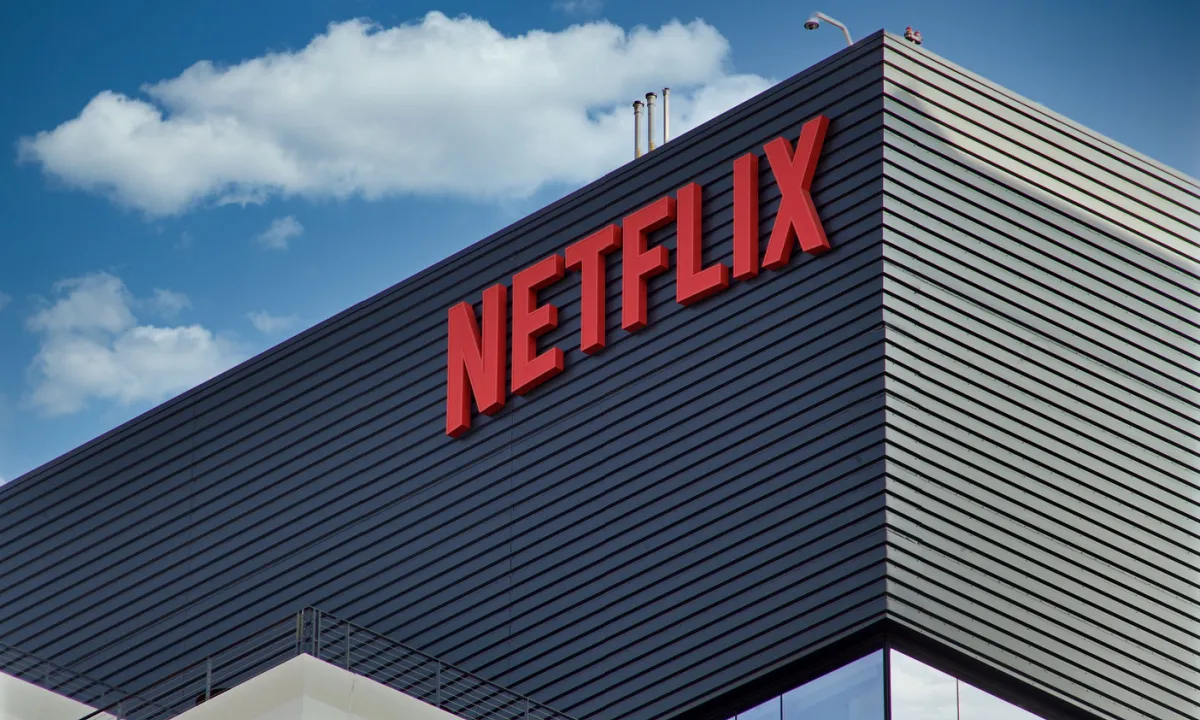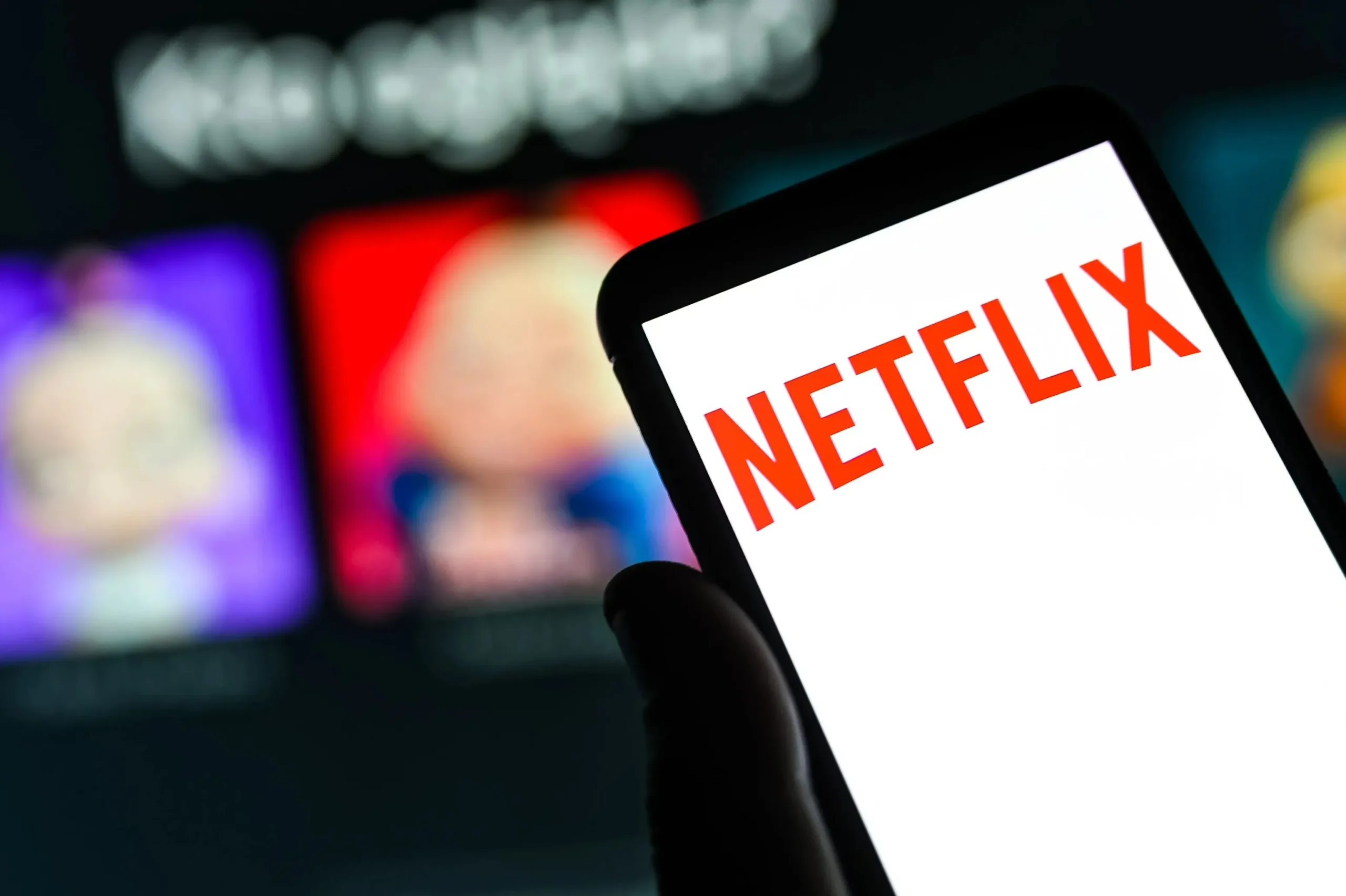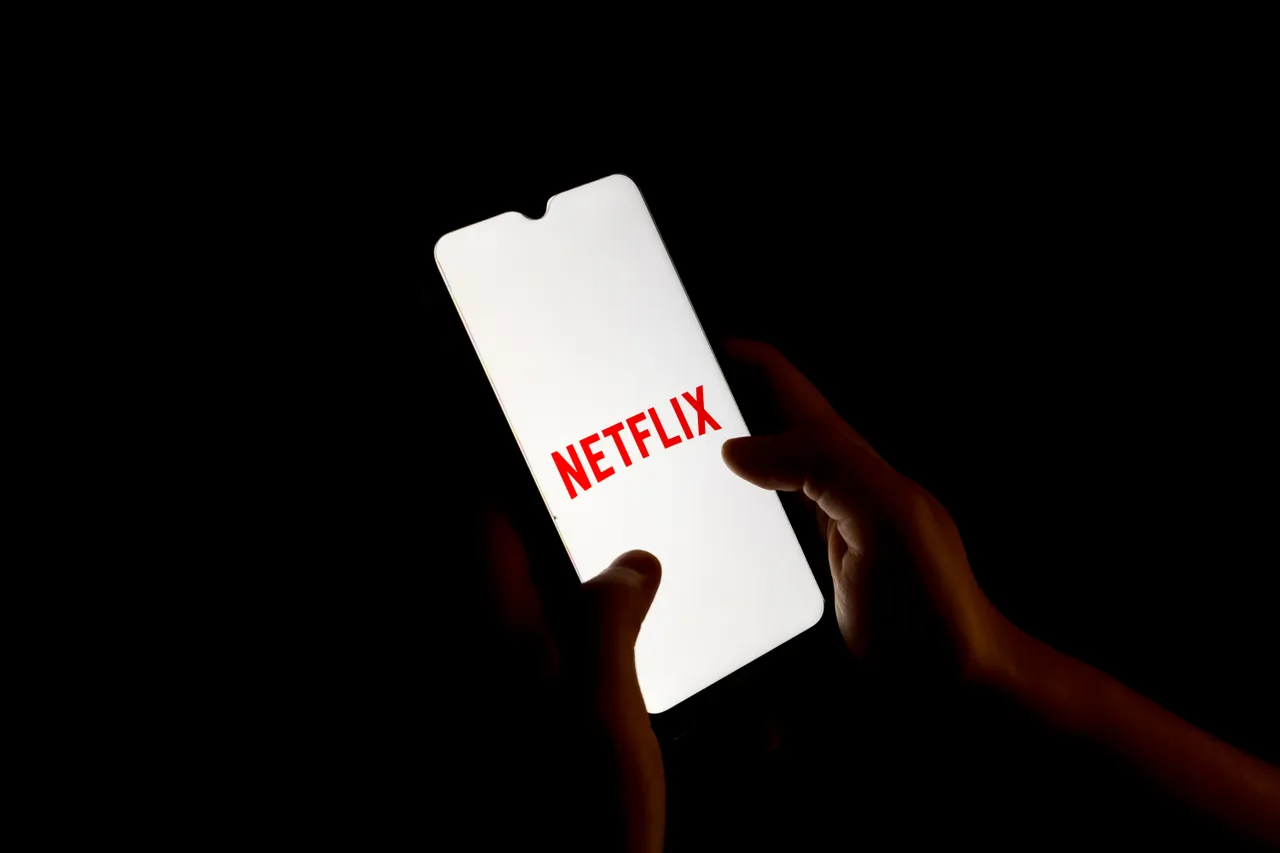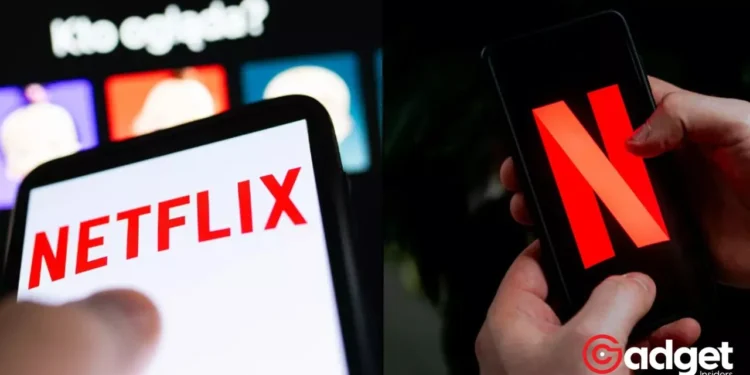In an unexpected twist that’s set to reshape how viewers pay for their binge-watching sessions, Netflix has officially ended its iTunes billing option for users subscribed to its basic plan. This pivotal move signals a significant shift in the streaming giant’s strategy, aiming to cut direct ties with Apple’s payment system.
As the digital entertainment landscape continues to evolve, this development has sparked conversations and speculation about the future of streaming service subscriptions and the implications for users who have long relied on iTunes for their payments.
The End of an Era: Netflix’s Break with iTunes
For years, iTunes billing has been a convenient option for Netflix subscribers, allowing seamless integration of subscription fees into their Apple account expenses. However, this comfort is coming to an end for basic plan users, who must now navigate a change that could disrupt their access to a vast library of movies, TV shows, and documentaries.
With the next billing cycle looming, subscribers are urged to update their payment methods or risk being locked out of their Netflix accounts.

This decision doesn’t just affect the billing process; it underscores the growing tensions between streaming platforms and app stores, which take a considerable cut from in-app purchases.
A Global Ripple Effect
Netflix’s billing policy update is not just a local affair but a global strategy adjustment. MoMo Zhou, a spokesperson for Netflix, confirmed to USA Today that users in the United States and Canada are among those impacted.
However, the exact scope of this change remains under wraps, leaving subscribers worldwide to wonder if they’ll need to switch their payment methods soon. Netflix advises users to keep a close eye on their account settings to ensure they’re not caught off guard.

Beyond Billing: The Specter of Price Hikes
The transition away from iTunes billing also stirs speculation about potential price hikes for Netflix subscriptions. Industry analysts hint at a possible increase in membership fees, estimating a 5% bump to bolster average revenue per user.
With the Standard and Premium plans already at $15.49 and $22.99 respectively in the U.S., any further increases could test the loyalty of Netflix’s subscriber base.
Netflix urges users on basic plans paying through Apple's iTunes to update payment methods to prevent service interruption.https://t.co/YJPG554Yiu
— Tech Times (@TechTimes_News) March 3, 2024
John Hodulik, a seasoned analyst at UBS, remains optimistic about Netflix’s financial outlook despite the possible price adjustments. He forecasts a 15% revenue jump for the streaming behemoth, fueled by a strategy to convert more users to paid subscriptions and to draw in new viewers.
Netflix Co-CEO Greg Peters has also hinted at resumed price hikes, emphasizing that any decisions will be carefully weighed against the added value delivered to subscribers.
The Bigger Picture: Streaming Services at a Crossroads
Netflix’s move away from iTunes billing is part of a broader narrative in the streaming industry, where platforms are increasingly seeking autonomy over their payment systems. This trend reflects a growing desire to maximize profits by avoiding the fees levied by digital storefronts like the App Store.
As other streaming services like Disney+ and Apple TV+ also nudge their subscription costs upward, it’s clear that the sector is undergoing a significant transformation.

Subscribers, now faced with the need to update their payment methods and the prospect of higher fees, are at a crossroads. This change represents more than just a billing adjustment; it’s a strategic pivot that could redefine how we engage with our favorite digital content.
As the dust settles on this latest update, one thing is certain: the streaming wars are far from over, and the battle for viewer loyalty is intensifying.
In this rapidly changing landscape, Netflix’s decision to phase out iTunes billing is a bold statement about its future direction and its commitment to navigating the complexities of the digital age. Subscribers, meanwhile, are left to adapt to this new reality, reinforcing the notion that in the world of streaming, change is the only constant.










